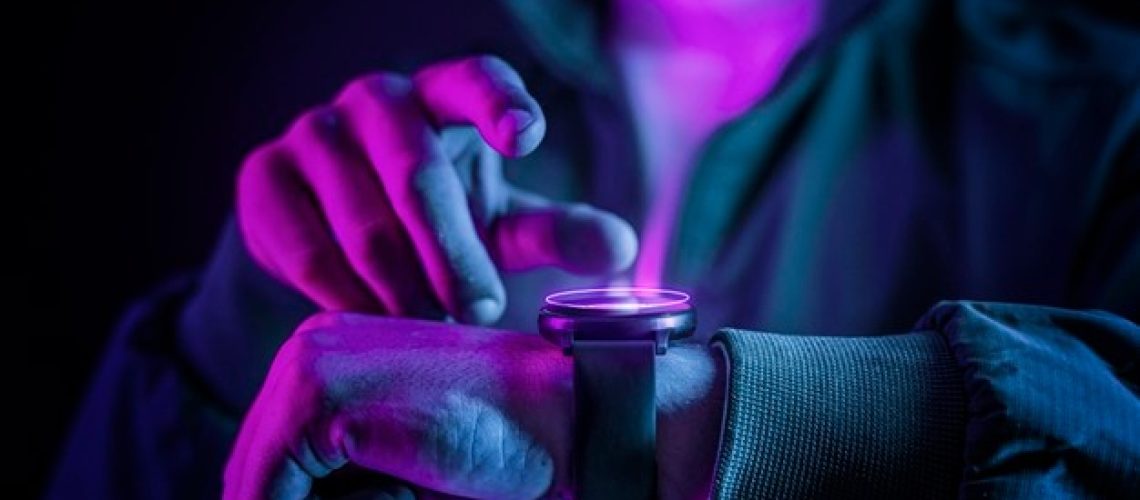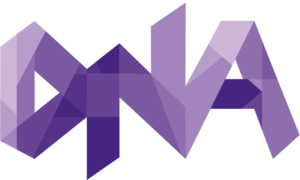Deloitte predicts that 2022 will be the final year that traditional television from broadcasters, whether live, time-shifted, or on-demand, collectively makes up more than 50% of video viewing on all screens in the UK.
The forecast was made by the technology, media and telecommunications (TMT) practice at Deloitte, which has announced its predictions for the sector in 2022.
Deloitte expects that traditional TV broadcasters’ share of viewing hours among UK consumers – which was 73% as recently as 2017 – to fall to 53% in 2022 and then to 49% in 2023. Meanwhile, time spent viewing content on streaming video on demand (VOD) is predicted to rise from 7% in 2017 to 27% in 2022, and again to 31% in 2023.
By 2027, Deloitte predicts that viewers aged between 4 and 34 will watch most of their video content via social media, followed by streaming channels. In contrast, viewers aged over 34 will continue to favour broadcast content.
Meanwhile, Deloitte has also predicted that in 2022 at least 150 million paid subscriptions to subscription video-on-demand services (SVOD) will be cancelled worldwide, with churn rates of up to 30% per market.
However, overall, more subscriptions will be added than cancelled as the average number of subscriptions per person will rise. In markets with the highest churn, many of those cancelling may resubscribe to a service that they had previously left.
High churn levels will heighten competition between streaming platforms, with Deloitte predicting that platforms may spend up to £150 on marketing its subscription to an individual.
Paul Lee, global head of technology, media and telecommunications research at Deloitte: “Following blockbuster growth during the pandemic, the growth in new SVOD households is likely to slow across the UK, US and Europe. SVOD providers will use various plays to make their subscribers stay. They can team up with telcos to offer discounted bundles; they could offer additional types of content, from podcasts to mobile games; and they can release episodes of the most valued tentpole content weekly.”
Danny McConnell, technology partner at Deloitte in Belfast, added: “It would be a mistake for advertisers to cut the cord with broadcasters altogether. The TV screen still holds huge power in its ability to create national water cooler moments and broadcast high quality advertising to households across the UK. Addressable advertising, programmed to show different ads to different households, has the potential to boost the impact of on-screen advertising even further.”
No mid-life crisis for the games console
Deloitte also predicts that the games console market will generate £60.6 billion in 2022, up 10% from 2021.
By the start of 2022, Deloitte predicts there will be 900 million console players worldwide. Each will bring an average £69 of revenue per gamer to the industry; comfortably more than the projected £17 per PC gamer and £37 per mobile gamer.
Overall, Deloitte forecasts that console owners will have more than 200 million multiplayer and games subscriptions in 2022. By 2025, these subscriptions will likely generate more than £8.2 billion in revenue globally, up from £4.9 billion in 2020.
Paul Lee said: “2022 marks the 50th birthday of the games console with the device now a veteran of the technology industry, outlasting camcorders and CD players, among others. We saw usage of consoles spike during lockdown, with many using their devices as a way to socialise when restrictions prevented people from meeting in person. Usage has remained high as, for many gamers, leaving the game may mean disconnecting from friends.”
Wearables to run rings around other digital device purchasing
Deloitte predicts that 320 million consumer health and wellness wearable devices will ship worldwide in 2022, rising to 440 million units by 2024. Deloitte predicts that 275 million of these devices will ship worldwide in 2021.
This comes as consumers are increasingly using smartwatches and fitness trackers alongside smartphones to track their health and wellbeing, with smart patches also becoming available off the shelf and via prescriptions.
According to Deloitte’s Digital Consumer Trends research published earlier this year, wearable devices saw the biggest increase in ownership out of any technology in the UK in 2021: 40% of consumers now have access to a smartwatch or fitness band, up from 31% in 2020.
Danny McConnell, said: “As usage of wearable devices and smart patches continues to grow, so will awareness of the benefits the devices bring to consumer health, wellbeing and potentially the care that they receive. As a result, we’re likely to see Big Tech companies, as well as healthcare professionals and start-ups, focus fiercely on wearable device innovation and investment in the two-years ahead.”



